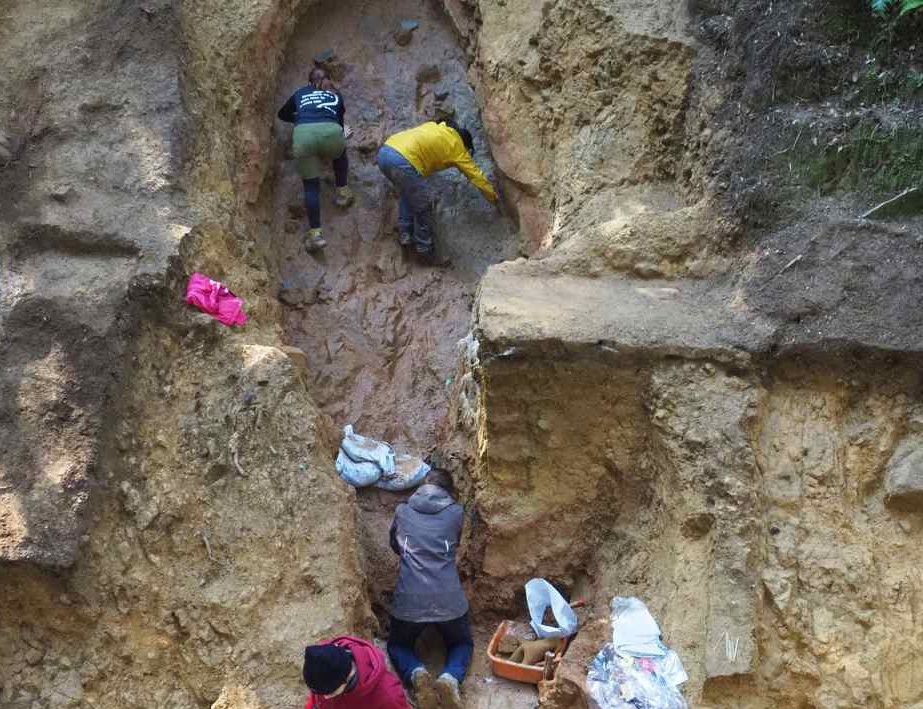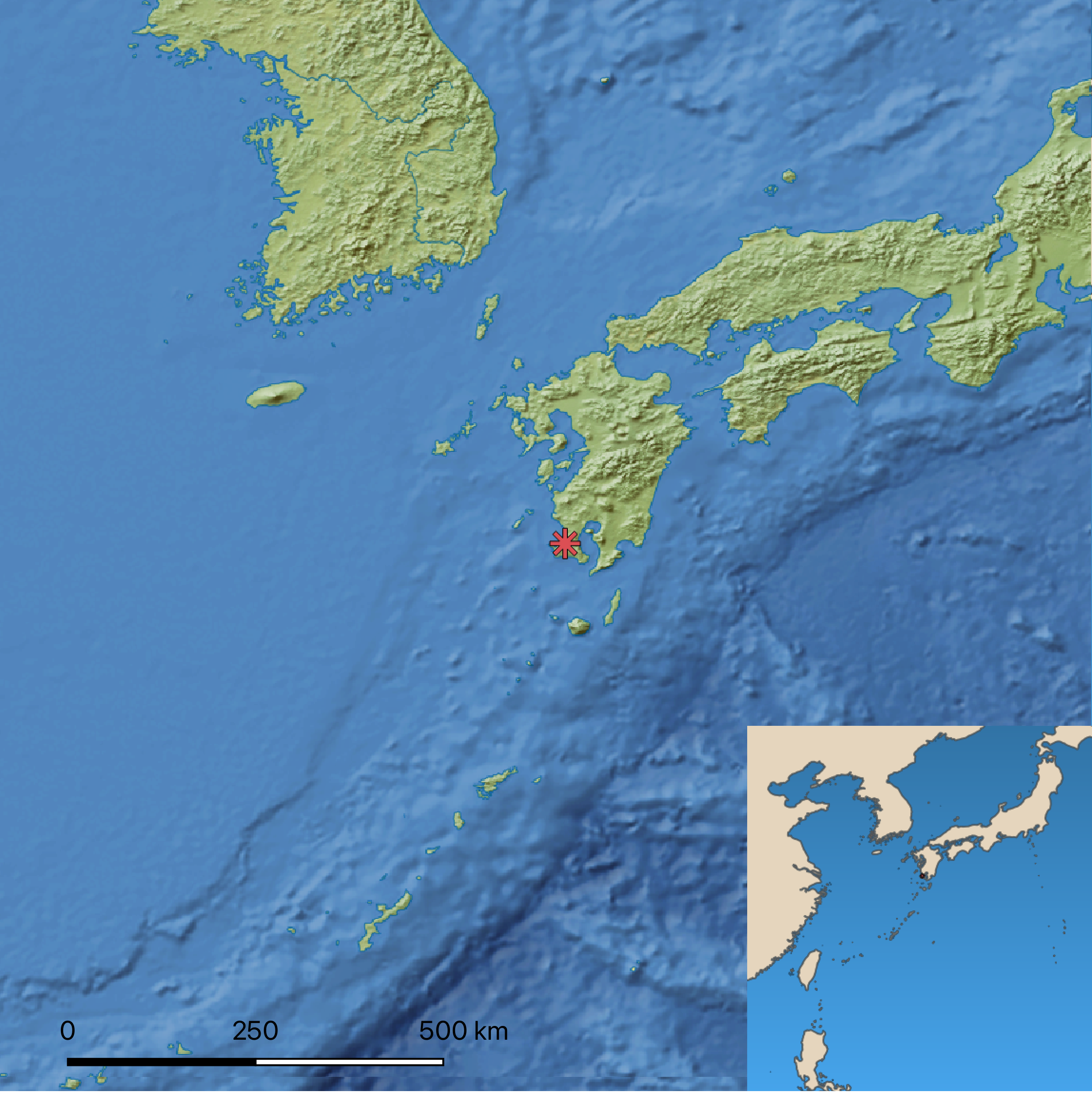Published
July 22, 2022
10 years of international research in a Sue kiln site cluster at the southern border of the ancient Japanese state.
Overview in a new OpenAccess publication on kilns in East Asia:
N. NAKAMURA (2022). Nakadake Sanroku: The Southernmost Sue-Ware Kiln Site Center in Ancient Japan. pp. 203-221 in: NAGATOMO, SHINOTO, NAKAMURA D. “Kilns in East- and North Asia: The Adoption of Ceramic Industries.” Oxford: BAR Publishing, https://doi.org/10.30861/9781407358901.
A full publication is in preparation for 2023.
The kiln site center in the southern border region of the Ancient Japanese state was discovered in 1984 by T. KAMIMURA; new surveys and findings in 2012 led to the application for an international and interdisciplinary research project that started in 2013 and was mostly funded by the JSPS.

The project covered the excavation of an early 9th century Sue kiln, surveys based on various methods from groundwalking to LiDAR, scientific analyses regarding raw material, firing technology, kiln construction, and provenance studies. Exchange of students and researchers for education, research, and preparatory workshops between European and Japanese research institutions was implemented through the whole project period. Work on site was finished in 2019, and documentation and some final analyses will be finished this autumn. A dedicated publication in English is in preparation for publication in 2023.
From Nakamura 2022:
The Nakadake Sanroku Kiln Site Center was installed by the ancient Japanese state at the beginning of the ninth century AD in its southern border region. Unlike other Sue kiln site centers, Nakadake Sanroku is geographically separated from sites related to the ancient province administration, and the area around the site had been the center of a local group of indigenous people until a few decades earlier and a hub for trade with the southern islands over the centuries. After subjugation by the Japanese state, state administration was weak and the need for Sue ware for state administration as well as Buddhist temples was low, but Sue ware from Nakadake is found on the southern islands, outside the realm of the state.
In other words: The site and Nakadake pottery found in external sites as far south as Tokunoshima show the ambiguous nature of Sue production in this kiln site center. While Sue pottery is mainly seen as a means of state control in Early Historic and Ancient Japan, Nakadake - which started Sue production in the final stage of the Ancient Japanese state - hints to the factual power of local families and the extension of Sue usage for trade beyond its borders. Thus, the kilns in Nakadake and their distribution illustrate the development of vibrant trade and seafare in the South during the following centuries which finally enabled the contact between the West and Japan in the Early Modern period.
The map shows the location of the site in south Kyūshū and its proximity to the Ryūkyū islands.
